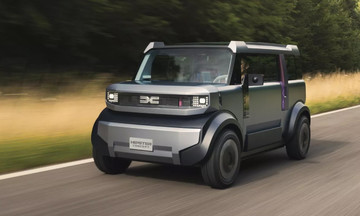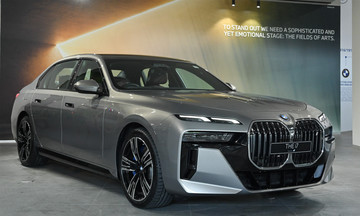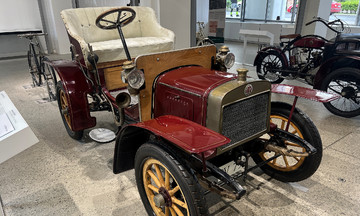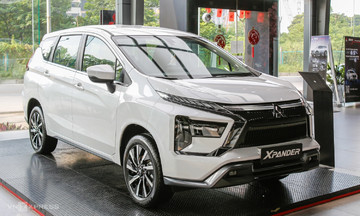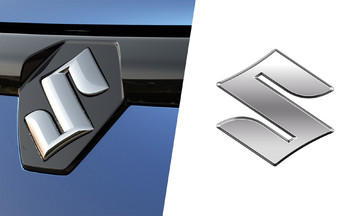While the original Mitsubishi Eclipse Cross has been discontinued, Mitsubishi has introduced the all-new Eclipse Cross EV. This second-generation SUV is a significant departure from its predecessor, combining the electric platform of the Renault Scenic E-Tech with Mitsubishi's signature design elements. Produced in France, the new model will be sold in Europe.
The Eclipse Cross EV joins Mitsubishi's growing lineup of Renault-based models in Europe. Following the Colt (Clio), ASX (Captur), and Grandis (Symbioz), this is another example of the brand-sharing strategy. Positioned in the small SUV segment, below the Outlander PHEV, the Eclipse Cross is also Mitsubishi's second electric vehicle in Europe, after the discontinued i-MiEV city car.
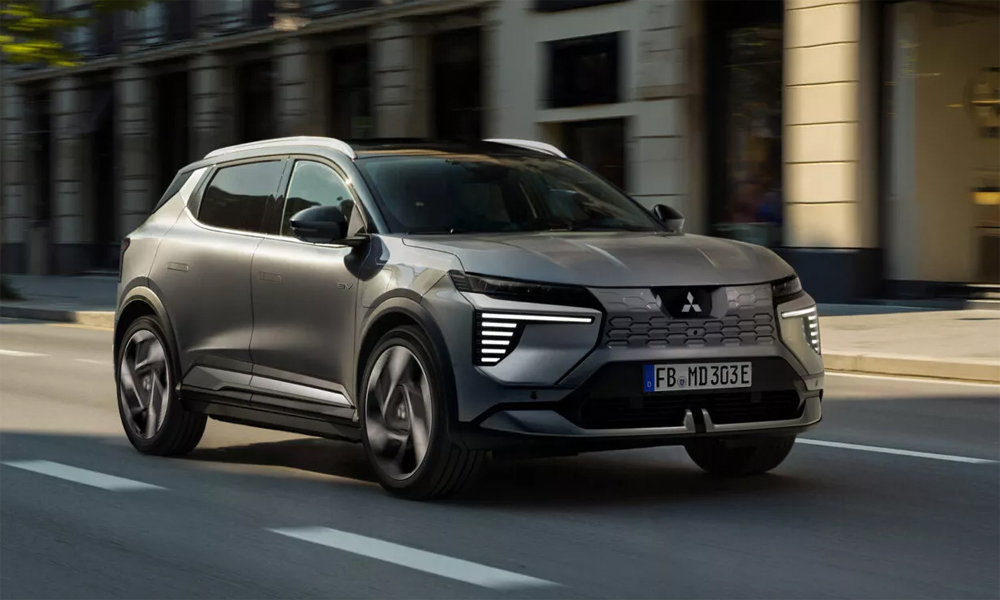 |
The signature split LED headlights, a closed-off grille similar to the Outlander, and redesigned bumper air intakes. Photo: Mitsubishi
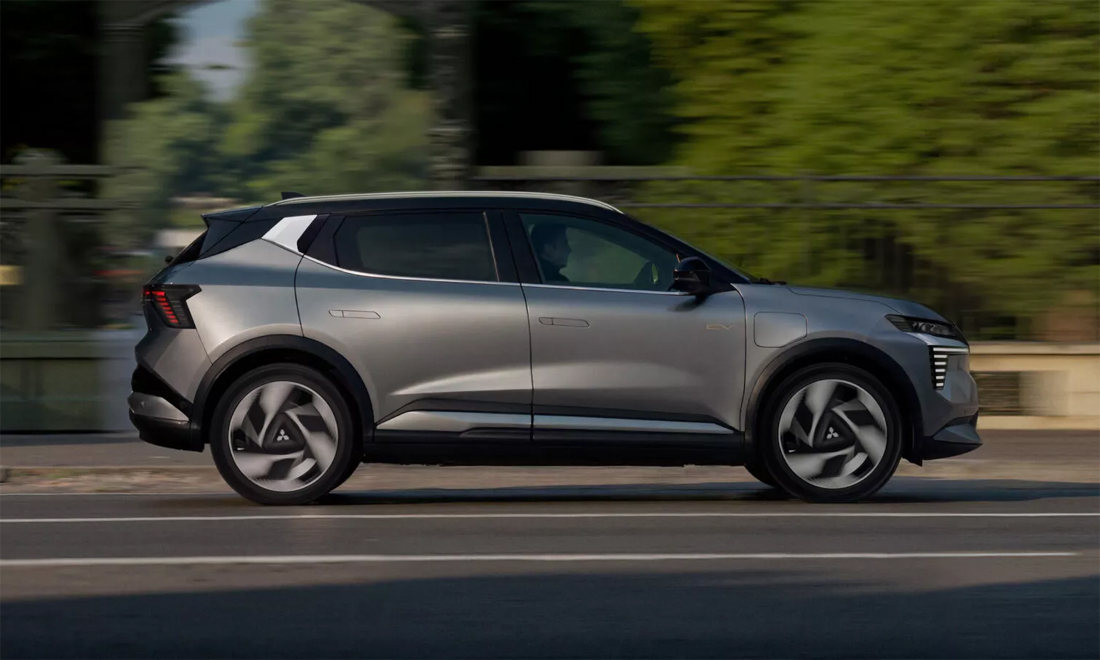 |
Significantly smaller than its internal combustion engine predecessor, measuring 4,470 mm in length, but with a longer wheelbase of 2,785 mm.
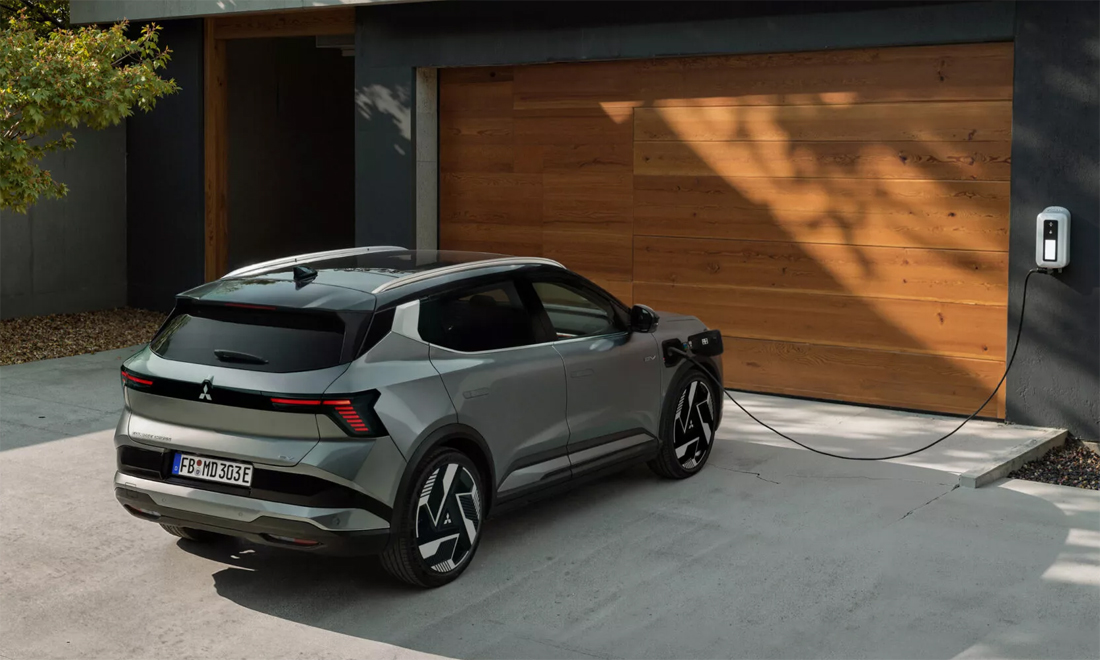 |
The battery pack features a water-cooled thermal management system and is compatible with charging speeds up to 150 kWh.
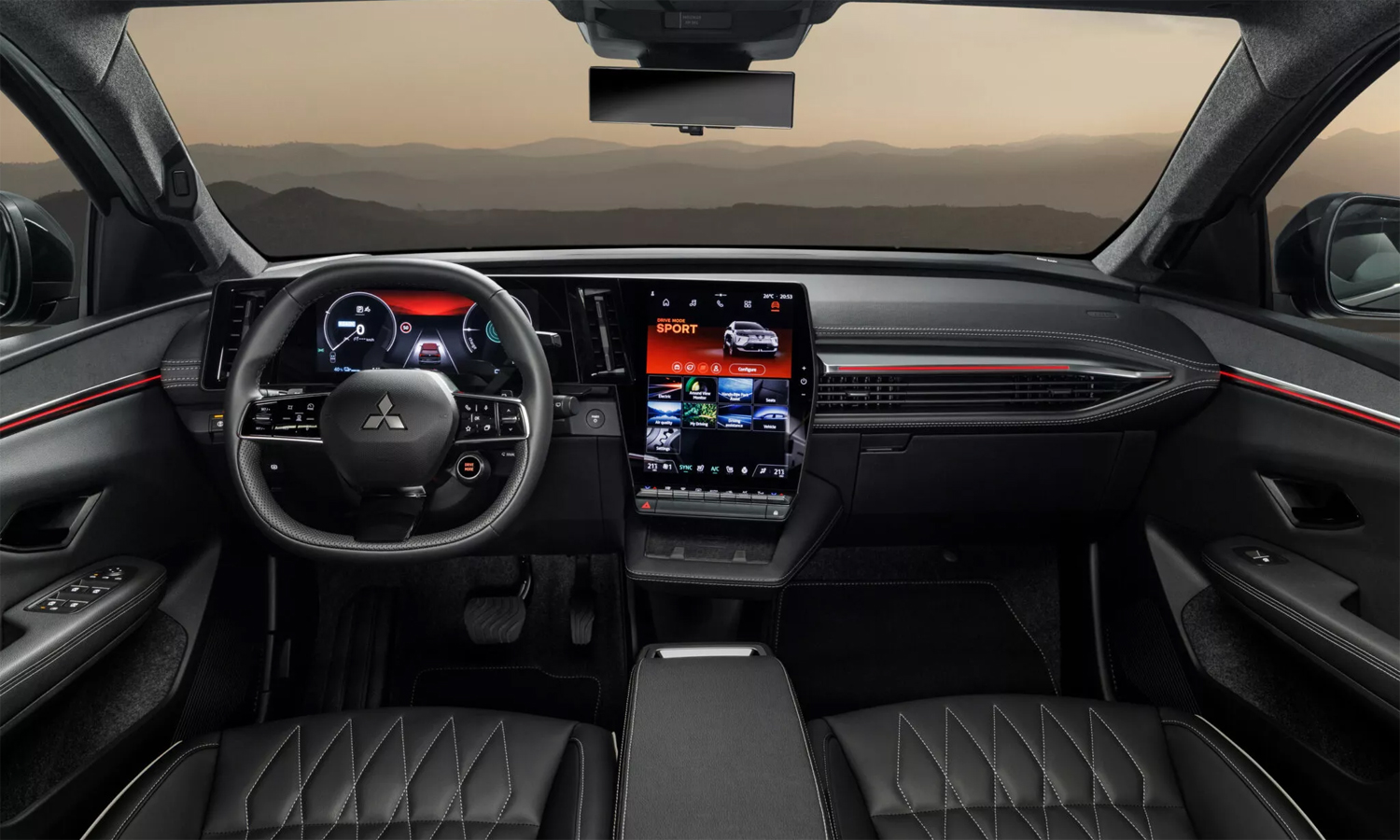 |
A 12.3-inch digital instrument cluster and a portrait-style 12-inch infotainment screen running Google's built-in services.
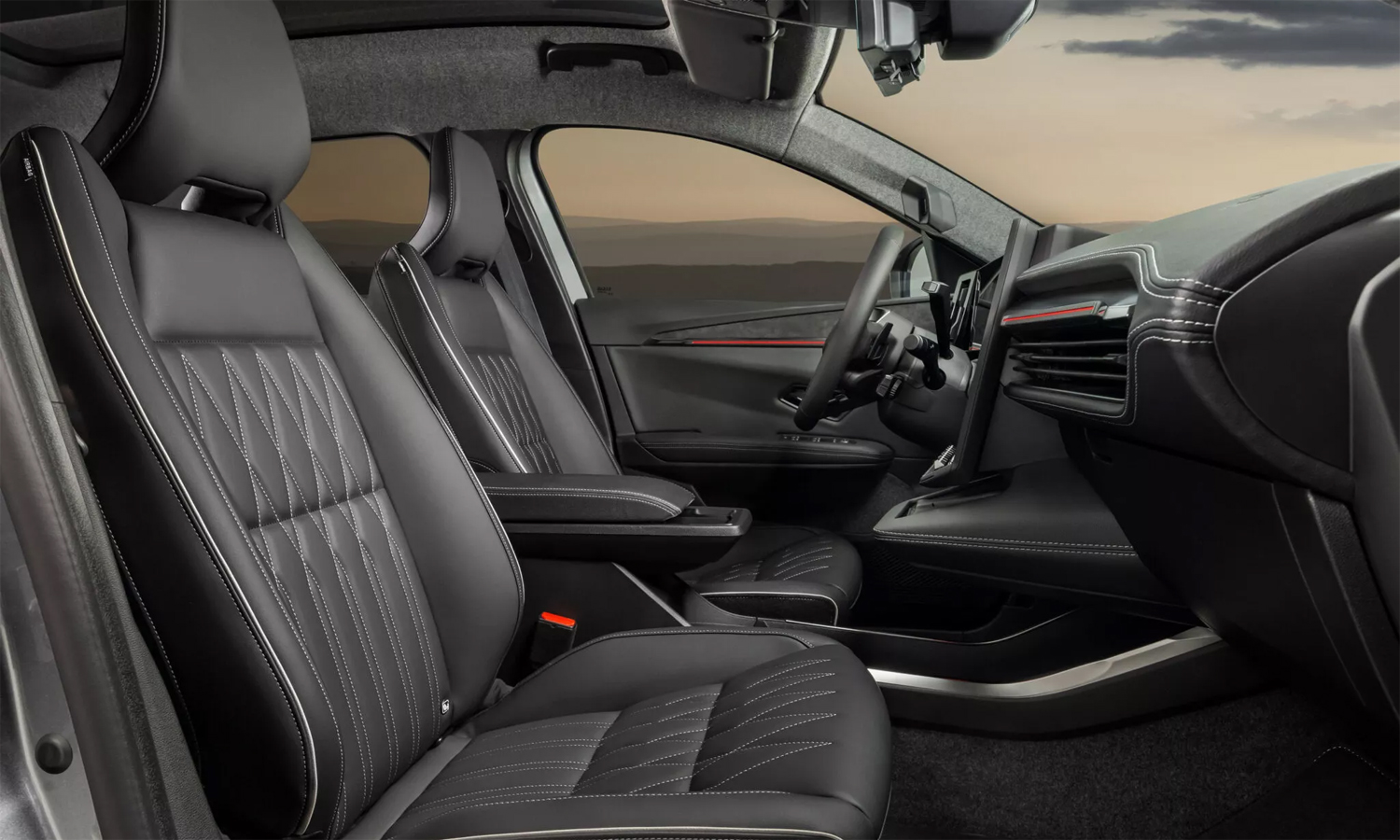 |
Mitsubishi has added new options for interior trim and upholstery.
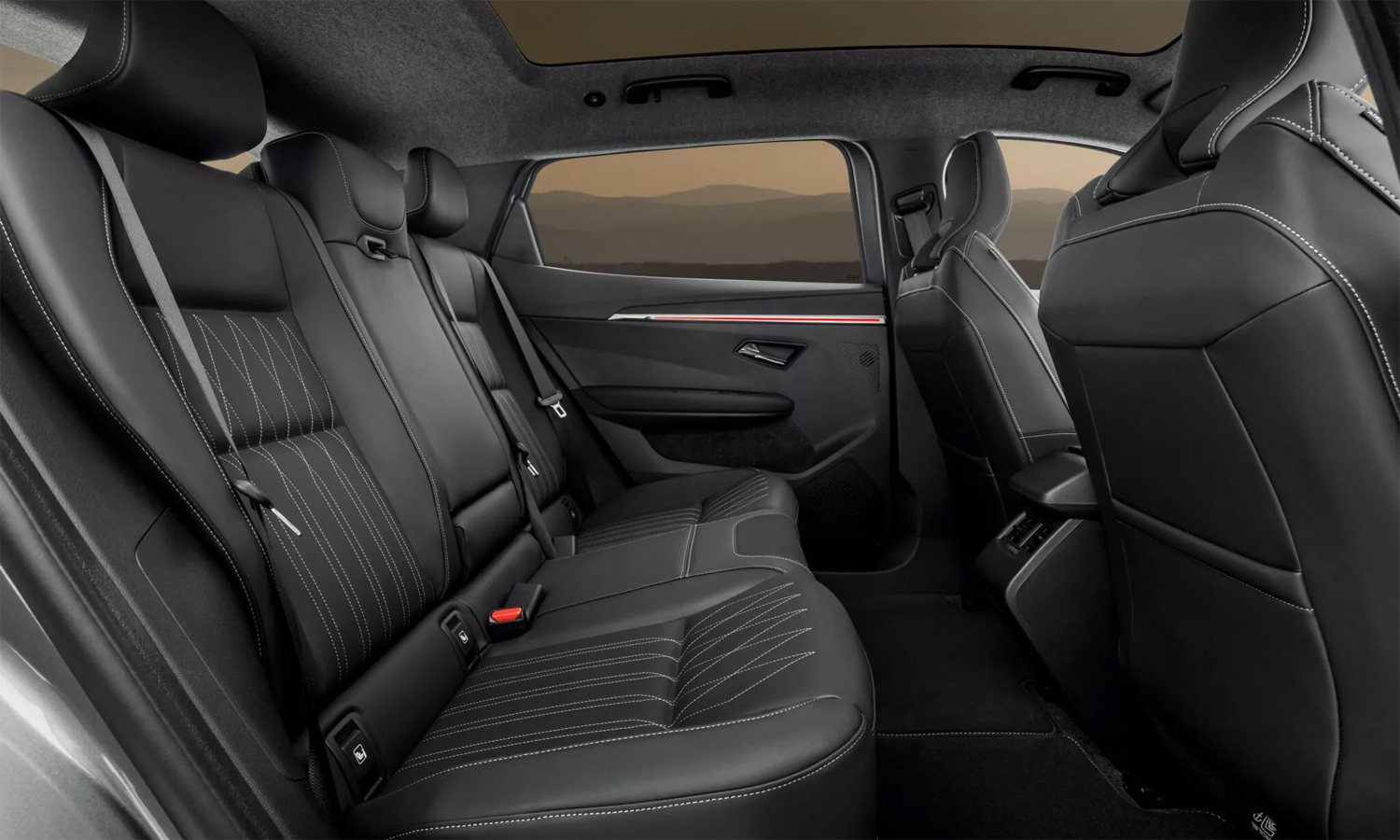 |
An electrochromic panoramic glass roof, LED ambient lighting, and a premium Harman & Kardon sound system.
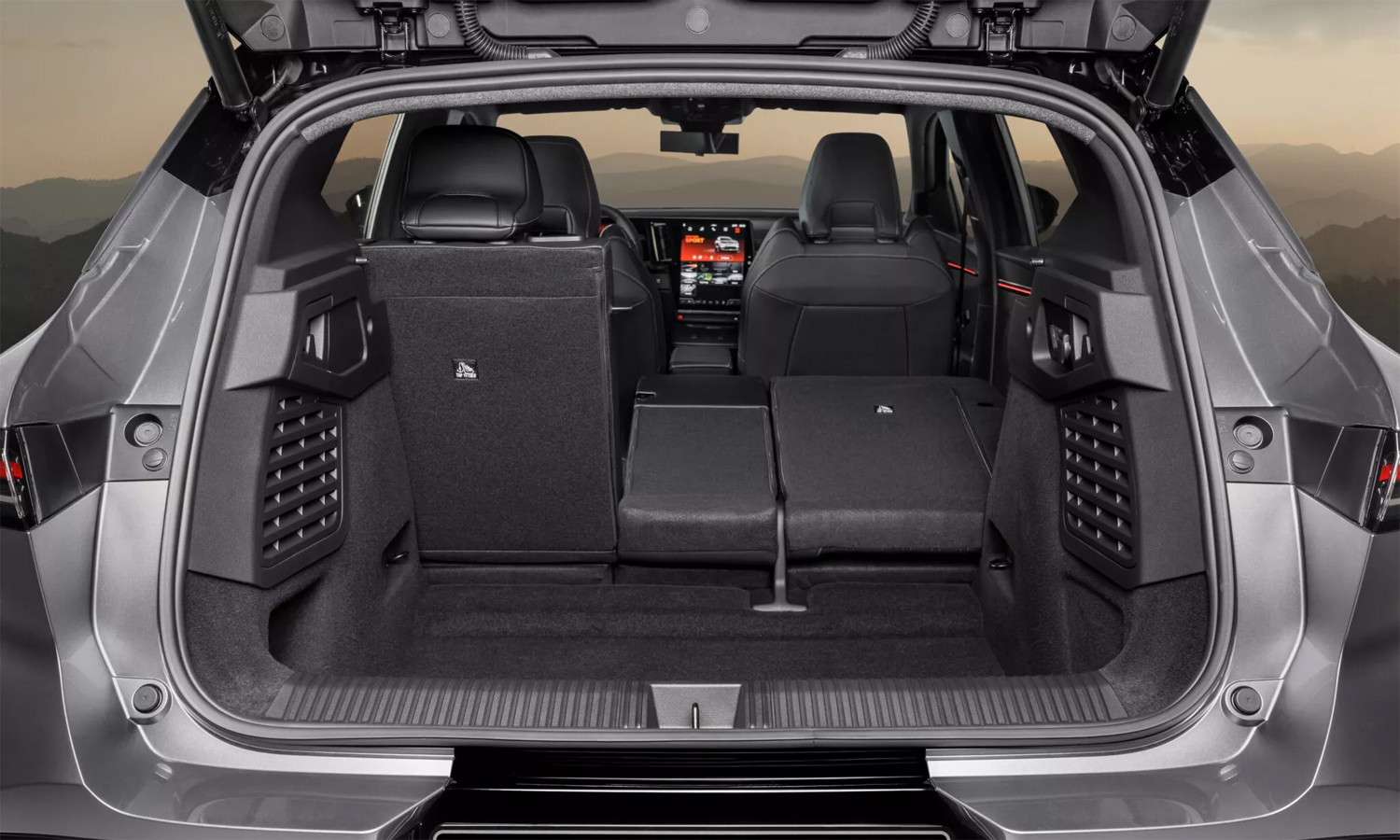 |
Cargo space ranges from 478 to 1,670 liters depending on the position of the rear seats.
The most obvious way to distinguish the Japanese influence on the Scenic is at the front. Mitsubishi has redesigned the front end with its signature split LED headlights, a refreshed but fully covered grille similar to the Outlander, and redesigned bumper air intakes. Updated LED taillights and thicker black trim differentiate it from the Renault.
The profile looks familiar but features new chrome trim on the D-pillar and more modern 19- or 20-inch wheels. Overall, the new model has shed the coupe-SUV proportions of the first-generation Eclipse Cross, which debuted in 2017 and was updated in 2020. Dimensionally, it’s significantly smaller than its internal combustion engine (ICE) predecessor, measuring 4,470 mm in length, although the wheelbase is significantly longer at 2,785 mm.
The cabin features Renault's digital cockpit with a 12.3-inch instrument cluster and a portrait-style 12-inch infotainment screen running Google's built-in services. To differentiate it, Mitsubishi has added new options for interior trim and upholstery. Other highlights include an electrochromic panoramic glass roof, LED ambient lighting, and a premium Harman & Kardon sound system.
The vehicle is equipped with a full suite of driver-assistance technologies, enabling semi-autonomous driving on highways. Practicality is provided by two rows of seats and a cargo space ranging from 478 to 1,670 liters, depending on the position of the rear seats.
The Eclipse Cross EV utilizes the CMF-EV (Common Module Family - Electric Vehicles) platform, already employed in the Renault Megane/Scenic E-Tech and Nissan Leaf/Ariya.
Power comes from a front-mounted electric motor producing 215 hp and an 87 kWh battery pack providing a range of approximately 600 km. The battery pack has a water-cooled thermal management system and is compatible with charging speeds up to 150 kWh.
Mitsubishi has confirmed that a mid-range version will be launched in 2026. This version will likely use similar specifications to the base Scenic E-Tech with 168 hp and a 60 kWh battery.
The new electric vehicle will be produced at the Douai plant in France, part of the Renault-Mitsubishi-Nissan alliance, starting in Q4/2025. This facility also produces the Renault Megane E-Tech, Scenic E-Tech, R5 E-Tech, Alpine A290, and Nissan Micra EV.
My Anh (Carscoops)




